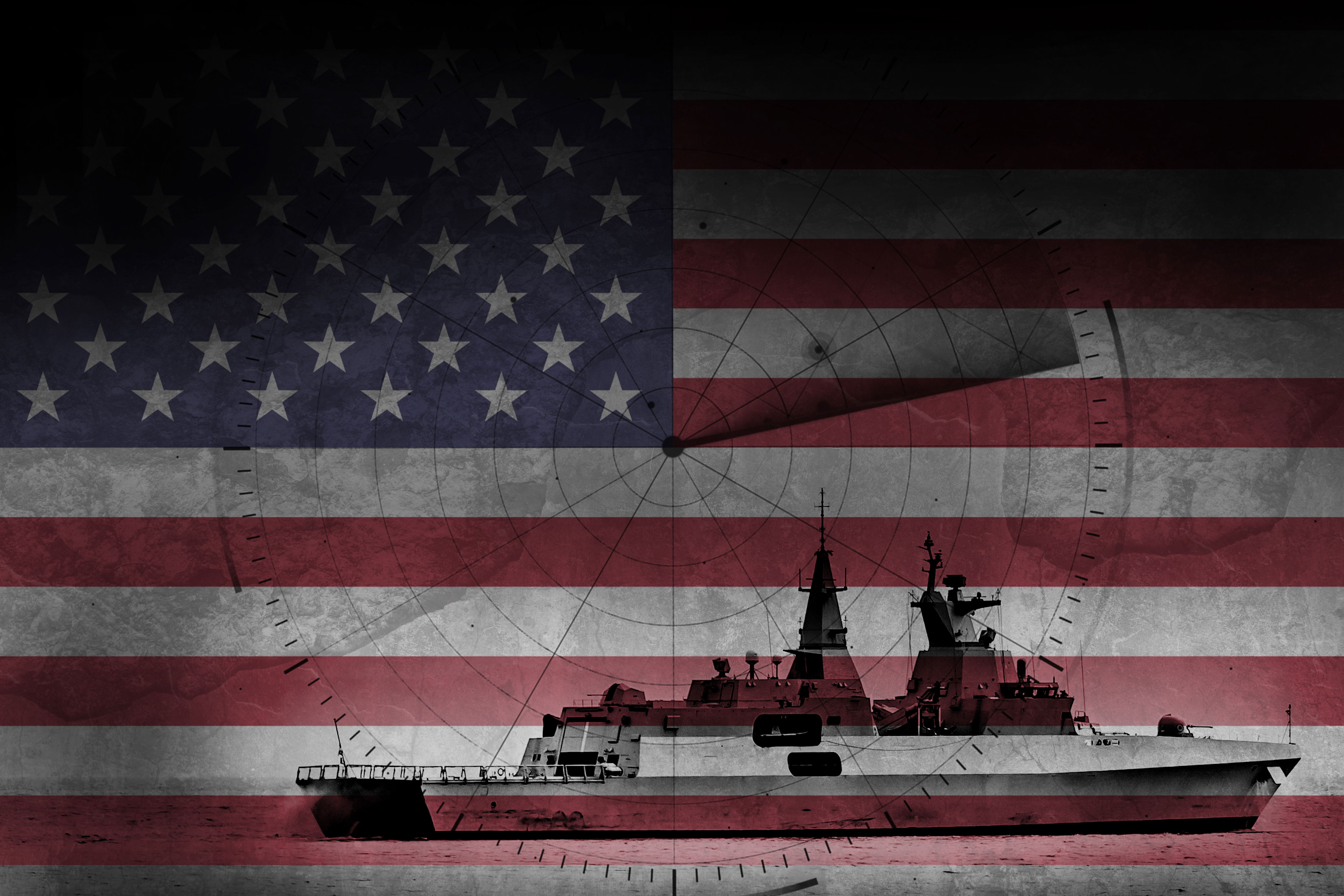Mexican Wall Financing Reimagining the border wall as a self-financing security and infrastructure system that integrates renewable energy, advanced surveillance, and investment-grade financial architecture.
The financing concept is rooted in the idea that infrastructure must serve multiple national priorities simultaneously. A wall, traditionally viewed as a static barrier, can instead become a strategic asset—reinforcing national security while operating as a generator of renewable energy and a platform for advanced surveillance technologies. By integrating these layers, the structure evolves beyond defense into a comprehensive security and economic framework that safeguards borders while producing lasting value. The financial backbone is structured through Credit Tenant Lease (CTL) models, co-guaranteed by government entities and supported by diversified revenue streams such as renewable energy sales, renewable energy certificates, and ancillary infrastructure leases. This model ensures predictable cash flows, attracts institutional investors, and minimizes fiscal pressure on the state. It transforms capital-intensive infrastructure from a liability into a self-financing, investment-grade instrument that aligns with both public and private sector interests. At its core, this vision demonstrates how disciplined financial architecture and securitization principles can turn even the most complex and sensitive projects into bankable, revenue-producing assets. It is not simply a matter of building barriers, but of creating systems that reinforce sovereignty, generate economic opportunity, and advance sustainability goals. In doing so, the project stands as a prototype for how future infrastructure can balance security imperatives with financial innovation and long-term socio-economic progress.

You can download the book and presentation from the links below :
